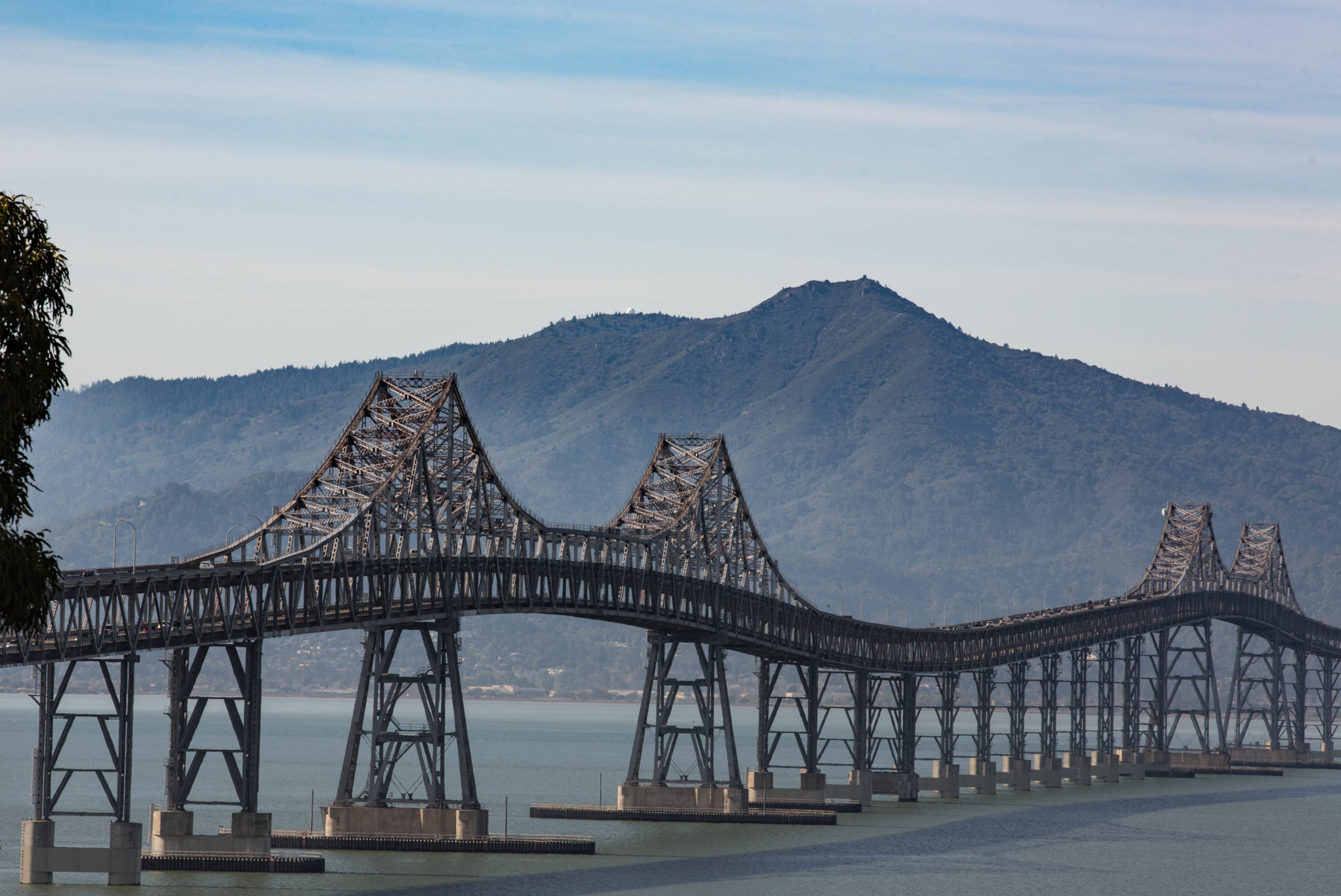
Visiting Chicago for a few days, I drove down to the south suburbs this afternoon — late in the afternoon, as it turned out — to see my brother Chris and his wife, Patty. They live in Tinley Park, about 25 miles southwest of downtown, within sight of the junction of Interstate 57 and Interstate 80, but far enough away that the highways aren’t present as a constant roar.
I had left early to avoid the worst of the commute traffic and had some time to kill, so I drove on past Tinley Park and got off I-57 a little to the south. Then I wandered west and south, watching the last of the sunset and the dusk come on. Most of the suburban sprawl in the Chicago area over the last 40 years has been to the northwest, west and southwest. Comparatively little has been built due south of the city in the area where I grew up.
Which isn’t to say nothing’s happened out there. Chris and Patty have a big house in a subdivision that was probably mostly corn and soybean fields 15 years ago. As I drove this evening, I wandered through one subdivision in Matteson I’d never seen before, and as I moved on, through the western edge of Richton Park and the farms west of Monee, I kept passing big, newish homes planted in ones and twos on big patches of land — ranchettes, of a sort, I guess, for people who probably work in the city or away in the western suburbs and want to enjoy some relatively splendid isolation.
I needed to answer the call of nature on one of the roadsides, and before I got back in the car, I decided to check out corn planted right up to the bank of a creek. It looked ready to harvest and given the fact the soil looked dry and combines would probably have no problem in the field, I was a little surprised the corn was still standing.
I was surprised as I drove that my sense of the checkerboard geography, or road-ography, was mostly intact. Heading south from Vollmer Road, the first big intersection was U.S. 30. Then Sauk Trail, then Steger Road, where I turned west until I got to 80th Avenue (where the avenue is 80th from, I don’t know). Then south again, past Stuenkel Road and Dralle Road and Monee-Manhattan Road and, sure, a couple roads whose names I didn’t know. Driving this part of eastern Will County, you’re reminded that the country has some contours; 80th Avenue climbs one of the low ridges (glacial moraines, I’m guessing), west and south of Monee, with the terrain falling away in every direction. Some of the ranchettes out there are built in spots that afford long views across the prairie.
Then up ahead, I saw a combine and grain cart working in a cornfield just off the road to the west. I stopped, thinking I might get an iPhone picture in the dark (I didn’t get one worth saving). As I stood there, parked in the road in my Bay Area get-up (shorts and flannel shirt), a man approached me from a truck parked at the edge of the field.
I told him pretty much straight up what I was doing: Just driving aimlessly, taking in the landscape, that I had lived nearby, had been away from the area a while, and was taking a look. Then I asked about the harvest.
To make a long story short, the farmer, a guy named Ron Schubbe, was working with his brother and his brother’s son on a 35-acre cornfield. His own son had a day job nearby but would also be helping out. He said the grain had been too wet to harvest, but now, “We’re hitting it pretty hard.” I didn’t get other salient facts — how long it would take to harvest 35 acres, how big his entire acreage was (because I’m assuming nobody out there in corn and soybean country harvests just 35 acres of anything), how long it would take to harvest the field they were working, how late they’d be working, or what it felt like to be bringing in the crop.
But I did ask how long he’d lived out there. “I was born and raised right here,” he said. How long had his family been out there? He said his great-grandfather had begun farming in the area, north of the town of Peotone, since the 1880s.
So I did find that out, at least. Then I wandered around a little more, noticing a couple of other combines moving through the fields in the dark, and headed to Chris and Patty’s as the night finally fell.
(Conclusion of the foregoing.)

Like this:
Like Loading...




